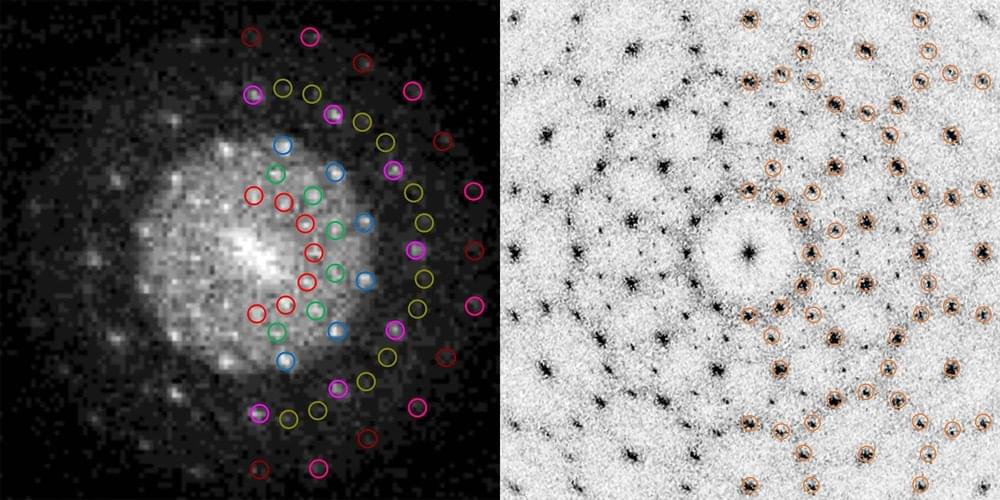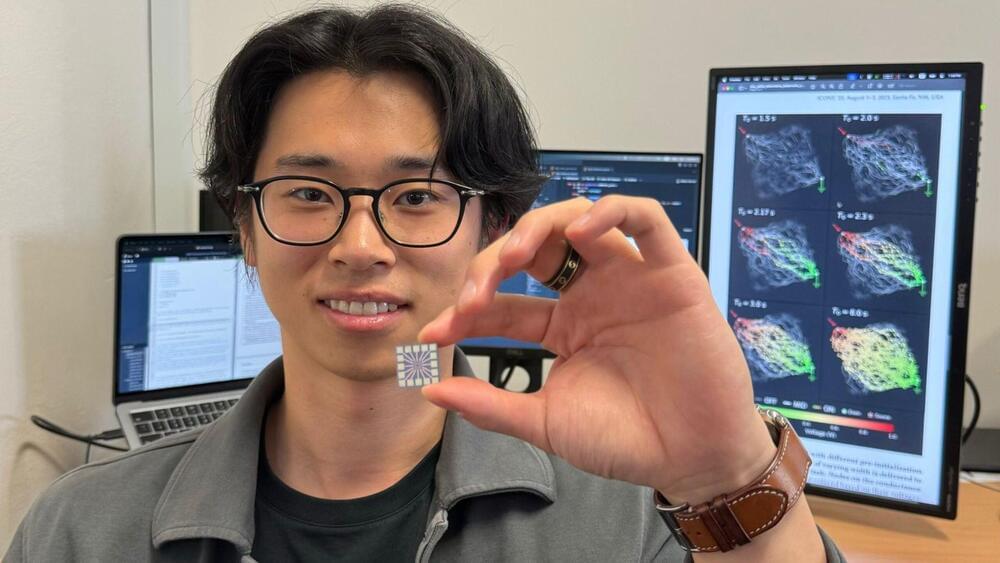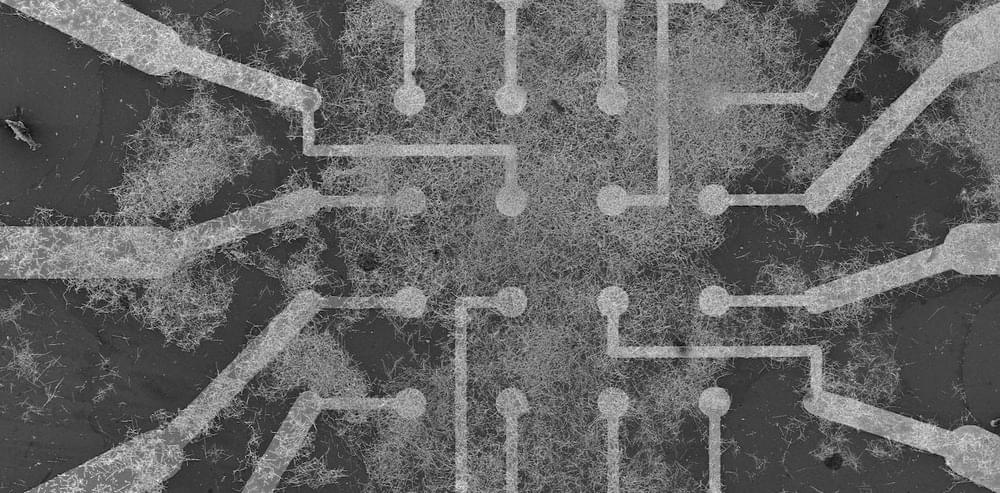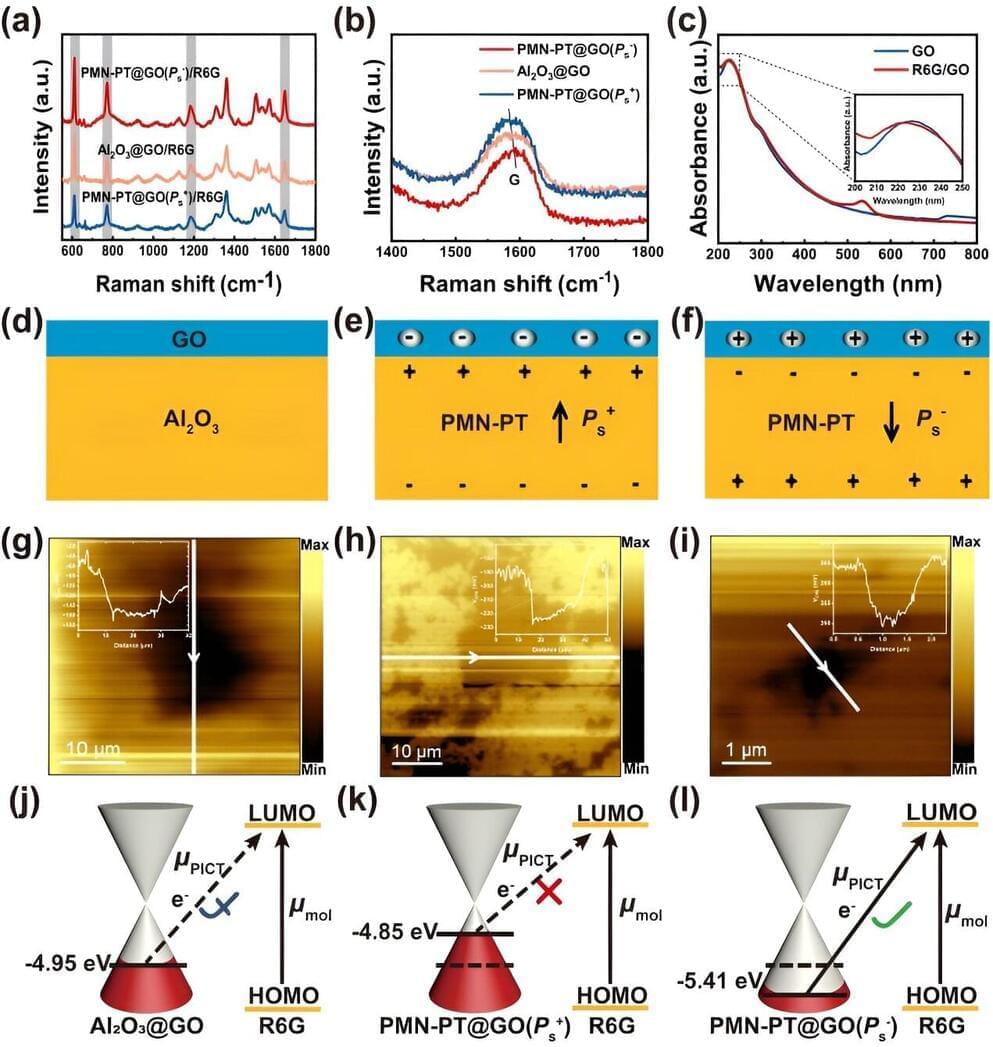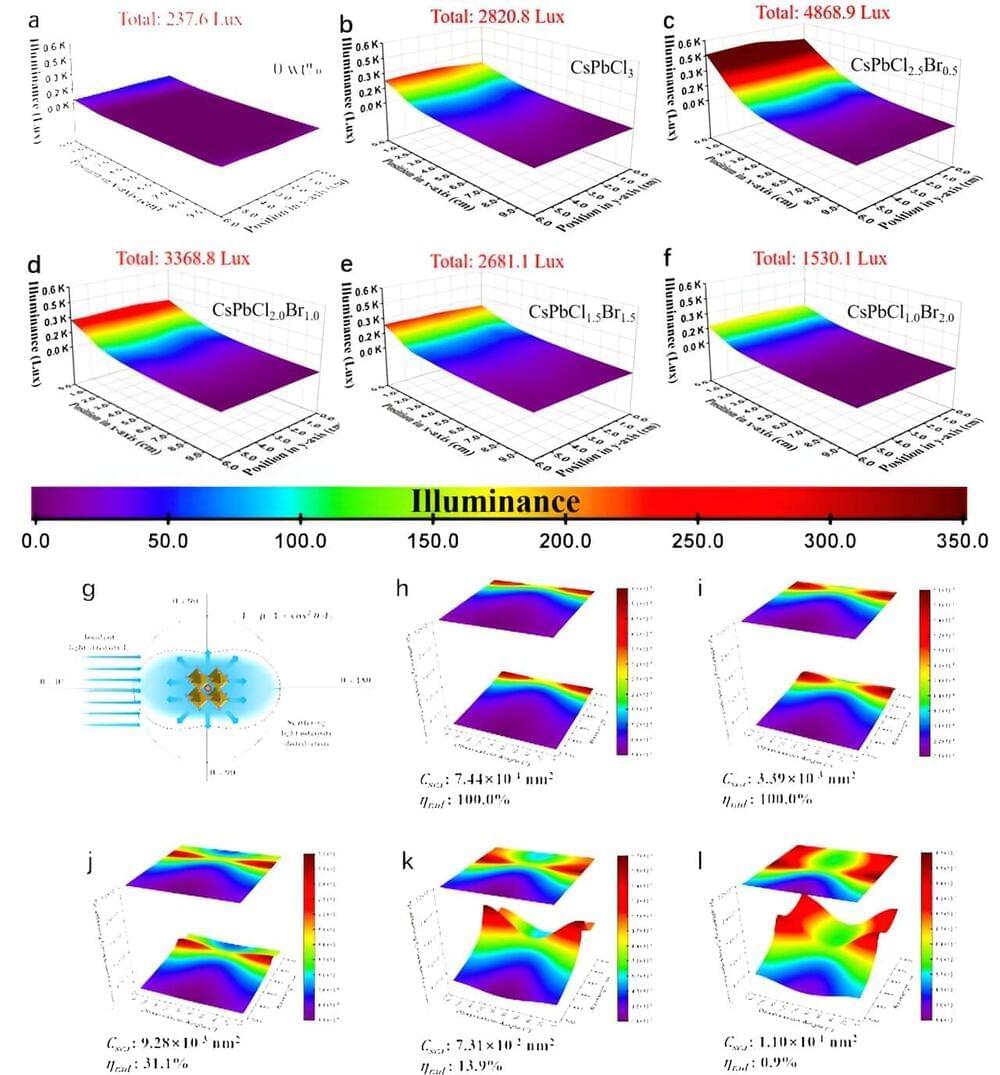Hydrogen is a promising form of carbon-free energy, but moving and storing the superlight element is costly and energy-intensive. So a California startup cofounded in 2022 by two leading chemists, including a Nobel laureate, is designing a new type of tank made with nanomaterials that aims to be cheaper and safer than any currently in use — and hold more hydrogen, too.
Irvine, California-based H2MOF hopes to sell its next-generation hydrogen tanks sometime after 2024 to heavy-duty vehicle makers with plans to offer zero-emission fuel cell vehicles. It argues that in addition to holding fuel inside the vehicles, these tanks will also provide a better way to ship the fuel by truck or train as… More.
H2MOF thinks nanomaterials designed to hold hydrogen at low pressure like a sponge absorbing water are a cheaper, more efficient way to store the elemental fuel.

